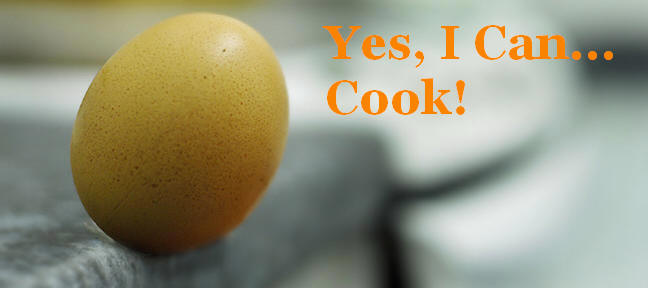I thought we’d start with an English recipe, me being English and all.

Beans on toast.
Just kidding. That’s for anyone reading who knows me from the not-so-old days.
(There are actually some finer points to successful beans-on-toast preparation, but we can cover those another time.)
For real this time: Cottage Pie
This breaks the healthy rule bigtime, but never mind. This is classic comfort food from my childhood, and we all need comfort right about now.
The recipe is from a book my mum gave me a couple of years ago, till now unused. It’s called the “Around Britain Dairy Cookbook” – in the UK you can order these Dairy cookbooks from the milkman (quaintly enough), but they ship to the US too (see http://www.dairydiary.co.uk/cookbook.html). All the books seem to have plenty of entry-level recipes, and they’re beautifully photographed too.
I had to make some adjustments because UK and US measures are different (discovered the hard way!), and to use US terminology (tell me if I got anything wrong).
Also, the recipe was actually for Shepherd's Pie, which uses ground lamb rather than beef. But apart from that the ingredients are the same.
The Recipe: Cottage Pie
- 1lb ground beef (or lamb for Shepherd's Pie)
- 1 onion, peeled & chopped
- 1 large carrot, peeled & chopped
- 1 tbsp all-purpose flour
- 10 fl. oz. vegetable (or lamb) stock
- 1 bay leaf
- rosemary or thyme sprig, or pinch of dried thyme
- salt & freshly ground black pepper
- 1.5 tbsp Worcestershire sauce
- 1.5 tbsp tomato paste (or ketchup)
- 2lb potatoes, peeled & cut into chunks
- 5 fl. oz. milk
- 1 oz. butter [they said 2 oz., but that's a helluva lot of butter]
- 1 oz. grated mature cheddar cheese, grated [maybe a bit more]
Serves 4; can be frozen.
1. Heat a large frying pan and add the ground beef (or lamb) in one layer. Let it brown for a few minutes over a high heat, breaking it up with a wooden spoon, then turn it over and cook another few minutes. [I drained the fat off at this point.]
2. Add the onion and carrot and cook, stirring occasionally, for 5 minutes.
3. Sprinkle in the flour and cook for a minute, then pour in the stock, add the bay leaf & herbs, seasoning, and sauces. Simmer for approx. 20 minutes until the sauce has thickened and the carrots are softened. [They said "uncovered," but my sauce thickened too much that way, so I kept it covered and it seemed better.] Remove bay leaf & herb sprigs (if applicable).
4. Meanwhile, preheat the oven to 375F, and put a 2 quart dish in the oven to heat up for 5 minutes.
5. Cook the potatoes in boiling salt water for about 15 minutes until tender, drain well. Return the potatoes to the pan over the heat, and let them dry out for half a minute then take the pan off the heat, add milk, butter, salt & pepper, and mash well. The mash should be soft enough to spread, but not so soft that it will sink into the meat mixture.
6. Spoon the beef mixture into the dish. Place spoonfuls of potato on top and spread carefully with a fork to cover the meat. Sprinkle with the grated cheese.
7. Bake for 20-25 minutes until browned on top and piping hot. [This took a lot longer than they said - but that could be because our oven door doesn't shut properly. They also said that you could put it under the broiler for 5-8 minutes instead, but the pie doesn't "meld together" as well that way. But I think it would be worth a try.]
Thoughts/Tips/Mistakes
Well, I have to say, it was pretty tasty!
The cooking time at the end was the main problem - by the time it was brown I felt like it had been in the oven waaaaaaay too long. I'd definitely do a combination of baking and broiling another time.
Also, they mention that you could add a can of chopped tomatoes, which might be good to try - I remember my mum's version being a bit more juicy. Will have to ask for her recipe.
They also say you could add crushed garlic if you like (presumably in step 2).
But not bad!
Pix
 Beef mixture at end of step 3.
Beef mixture at end of step 3.
 Pie before going into oven.
Pie before going into oven.
 The finished item!
The finished item!

 About the middle of step 3
About the middle of step 3 On the plate, with some fresh grated Parm. on top
On the plate, with some fresh grated Parm. on top














 Beginning of step 4.
Beginning of step 4.




 Beans on toast.
Beans on toast.

